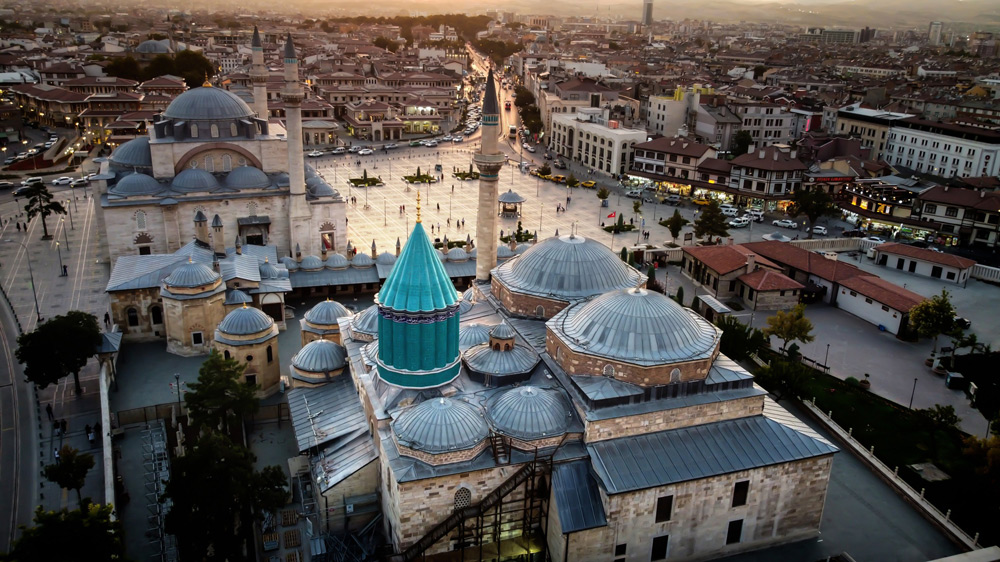Turkey’s rich cultural heritage is a blend of ancient civilizations, Ottoman grandeur, and modern-day artistry. From stunning mosques and palaces that reflect the splendor of the Ottoman Empire to world-class museums housing artifacts from various eras, Turkey is a treasure trove for cultural exploration. This guide takes you through some of the most significant cultural landmarks in the country, highlighting its mosques, palaces, and museums.
1. Iconic Mosques in Turkey
a. Hagia Sophia (Ayasofya) – Istanbul
- Why Visit: Hagia Sophia is one of the most famous landmarks in the world, embodying the blend of Byzantine and Ottoman architecture. Originally constructed in 537 AD as a Christian cathedral, it was converted into a mosque after the Ottoman conquest of Constantinople in 1453, and in 2020, it was reconverted into a mosque. Today, Hagia Sophia stands as a symbol of Turkey’s rich religious and cultural history.
- Key Highlights:
- Byzantine Mosaics: The interior features beautiful mosaics from the Byzantine era, including depictions of Christ, the Virgin Mary, and Christian saints.
- Ottoman Features: The mosque’s mihrab (prayer niche) and minarets were added by the Ottomans, blending the two eras seamlessly.
- Massive Dome: The awe-inspiring dome, 31 meters in diameter, is a masterpiece of Byzantine engineering.
- Insider Tip: Visit early in the morning to avoid the crowds and spend some time admiring the intricate details of both the Christian mosaics and Islamic calligraphy.

b. Blue Mosque (Sultanahmet Mosque) – Istanbul
- Why Visit: The Blue Mosque, located across from Hagia Sophia, is one of Istanbul’s most iconic religious buildings. Built by Sultan Ahmed I in the early 17th century, its name comes from the blue Iznik tiles that adorn its interior. It’s a working mosque and a stunning example of Ottoman architecture.
- Key Highlights:
- Six Minarets: The mosque’s six towering minarets are unique, as most mosques have only one or two. It’s said that Sultan Ahmed wanted to rival Mecca’s Grand Mosque, which also has six minarets.
- Blue Iznik Tiles: The interior is adorned with over 20,000 handmade ceramic tiles, primarily in shades of blue, giving the mosque its name.
- Massive Courtyard: The spacious courtyard is one of the largest of any Ottoman mosque and offers a serene atmosphere.
- Insider Tip: Respect the prayer times, as the mosque is still active. Non-worshippers are not allowed during prayers, but outside these times, it’s open to visitors for free.
.jpg)
c. Selimiye Mosque – Edirne
- Why Visit: Designed by the great Ottoman architect Mimar Sinan, the Selimiye Mosque is considered one of his masterpieces. Located in Edirne, the former Ottoman capital, the mosque is an architectural marvel and a UNESCO World Heritage Site.
- Key Highlights:
- Symmetry and Domes: The mosque is renowned for its perfect symmetry and massive central dome, which is larger than the dome of Hagia Sophia.
- Intricate Calligraphy: The mosque is decorated with fine examples of Islamic calligraphy and tile work.
- Mimar Sinan’s Masterpiece: Sinan himself declared Selimiye Mosque as his greatest work.
- Insider Tip: Don’t miss the nearby museum dedicated to Mimar Sinan, which offers insight into his architectural genius.
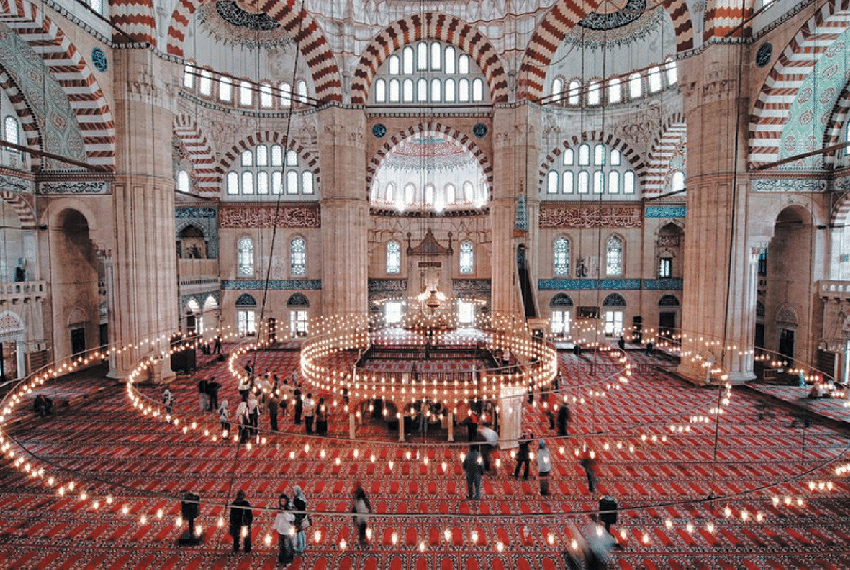
2. Grand Palaces of Turkey
a. Topkapi Palace – Istanbul
- Why Visit: Topkapi Palace was the residence of Ottoman sultans for over 400 years and is one of Istanbul’s most visited landmarks. This sprawling palace complex, located on the tip of the Istanbul Peninsula, offers a glimpse into the opulence and power of the Ottoman Empire.
- Key Highlights:
- Imperial Harem: The Harem was the private quarters of the sultan and his family, featuring luxurious rooms with intricate tilework and gilded ceilings.
- Treasury: The palace’s treasury houses some of the empire’s most valuable treasures, including the 86-carat Spoonmaker’s Diamond and the Topkapi Dagger.
- Sacred Relics: The Chamber of the Holy Relics contains important Islamic artifacts, including the Prophet Muhammad’s cloak and sword.
- Insider Tip: Plan at least half a day to explore the palace fully. The Imperial Harem requires a separate ticket, but it’s well worth the visit.
.jpg)
b. Dolmabahçe Palace – Istanbul
- Why Visit: Built in the mid-19th century, Dolmabahçe Palace was the administrative center of the late Ottoman Empire. Located on the Bosphorus, it is one of the most opulent palaces in the world, reflecting a blend of traditional Ottoman and European styles.
- Key Highlights:
- Crystal Staircase: The grand staircase is made of Baccarat crystal and is one of the most stunning features of the palace.
- Ceremonial Hall: The massive hall is used for state ceremonies and boasts a 4.5-ton crystal chandelier, the largest in the world.
- Bosphorus Views: The palace’s location on the banks of the Bosphorus offers breathtaking views, and the palace itself is a symbol of Ottoman grandeur.
- Insider Tip: Guided tours are mandatory, but they provide excellent historical context to the palace’s rich history and artifacts.

c. Beylerbeyi Palace – Istanbul
- Why Visit: Located on the Asian side of the Bosphorus, Beylerbeyi Palace served as a summer residence for Ottoman sultans and a guesthouse for visiting dignitaries. It offers a more intimate look at the Ottoman lifestyle compared to the larger palaces.
- Key Highlights:
- Marble Pavilion: The palace’s pool and marble pavilion offer a glimpse into the luxurious summer lifestyle of the Ottoman elite.
- French Influence: The palace’s interiors are heavily influenced by French neoclassical design, reflecting the empire’s desire to modernize and adopt European styles.
- Stunning Gardens: The palace grounds feature beautifully landscaped gardens with views of the Bosphorus.
- Insider Tip: Beylerbeyi is often less crowded than Topkapi or Dolmabahçe, making it a peaceful escape and offering a more relaxed tour experience.
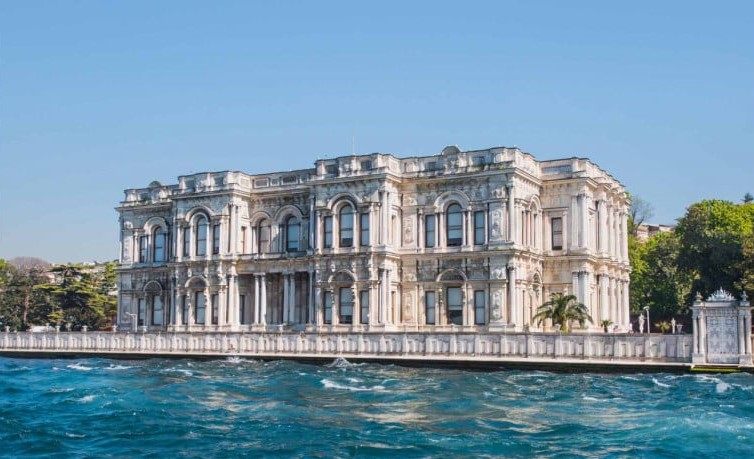
3. Must-Visit Museums in Turkey
a. Istanbul Archaeology Museums
- Why Visit: This trio of museums in Istanbul houses some of the most important archaeological finds from across the region, spanning ancient Greek, Roman, and Ottoman history. The museum complex is located near Topkapi Palace, making it easy to combine both visits.
- Key Highlights:
- Alexander Sarcophagus: One of the museum’s most famous artifacts, this intricately carved sarcophagus was once thought to belong to Alexander the Great.
- Ishtar Gate: The museum features a stunning reconstruction of part of the ancient Ishtar Gate from Babylon.
- Istanbul Through the Ages: Explore exhibits detailing the city’s rich history, from Byzantium to Constantinople and beyond.
- Insider Tip: Don’t miss the Tiled Pavilion, one of the oldest buildings in Istanbul, which houses a beautiful collection of Turkish ceramics.
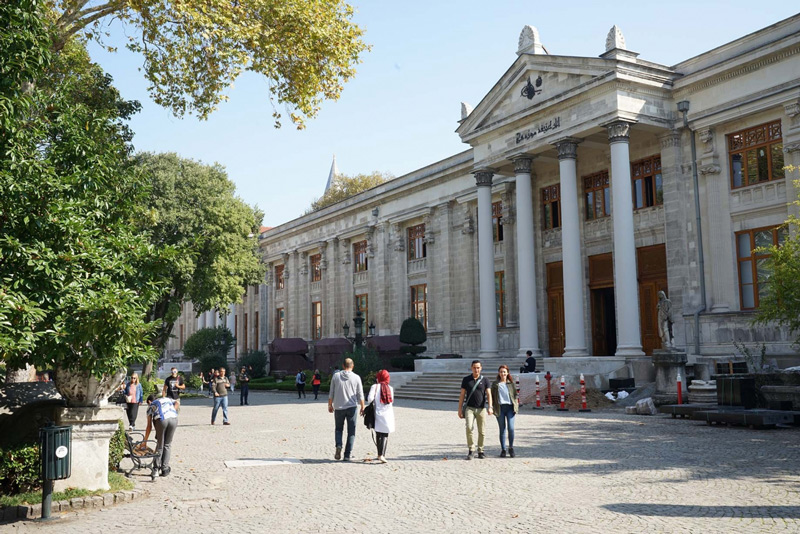
b. Museum of Anatolian Civilizations – Ankara
- Why Visit: Located in the capital city of Ankara, this museum is one of Turkey’s premier archaeological museums, showcasing artifacts from ancient Anatolian civilizations such as the Hittites, Urartians, and Phrygians.
- Key Highlights:
- Hittite Collection: The museum holds the world’s largest collection of Hittite artifacts, including stone carvings, tablets, and sculptures.
- Neolithic Exhibits: Explore artifacts from the earliest human settlements in Anatolia, offering insight into prehistoric life.
- Urartian Jewelry: Admire the exquisite craftsmanship of ancient Urartian jewelry, showcasing the artistry of this lesser-known civilization.
- Insider Tip: Combine your visit with a trip to Ankara Castle, located nearby, for panoramic views of the city.
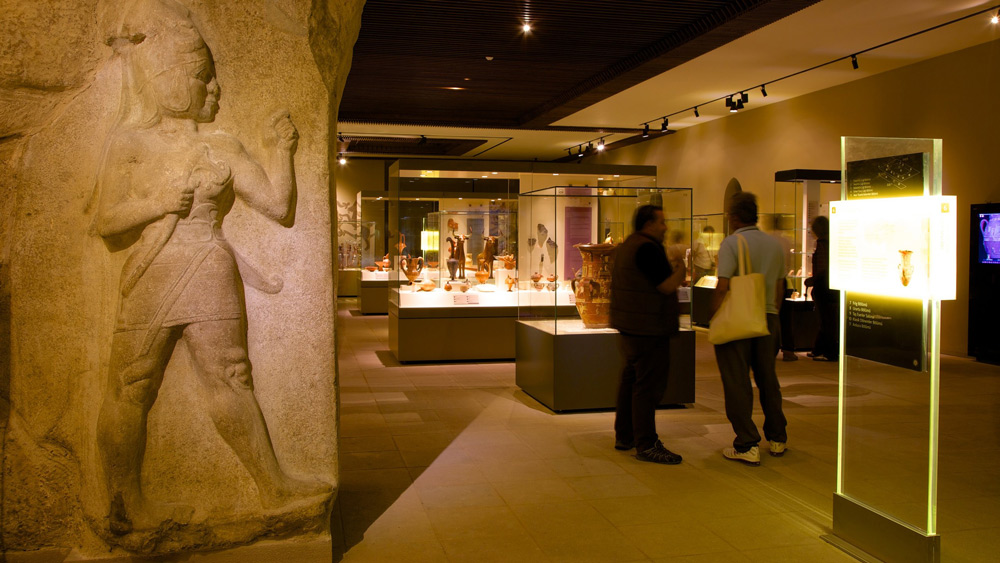
c. Mevlana Museum – Konya
- Why Visit: The Mevlana Museum is dedicated to the life and teachings of the famous Sufi mystic, Rumi (Mevlana). Located in Konya, the museum is a pilgrimage site for those interested in Islamic mysticism and Sufism.
- Key Highlights:
- Rumi’s Tomb: The centerpiece of the museum is the tomb of Rumi, which attracts visitors from around the world.
- Whirling Dervish Exhibits: Learn about the Whirling Dervishes, followers of Rumi’s teachings, through exhibits showcasing their practices and costumes.
- Sufi Manuscripts: The museum holds a collection of ancient manuscripts, including poetry written by Rumi himself.
- Insider Tip: Try to visit during the annual Whirling Dervish festival (held in December), which celebrates Rumi’s life with performances and spiritual ceremonies.
